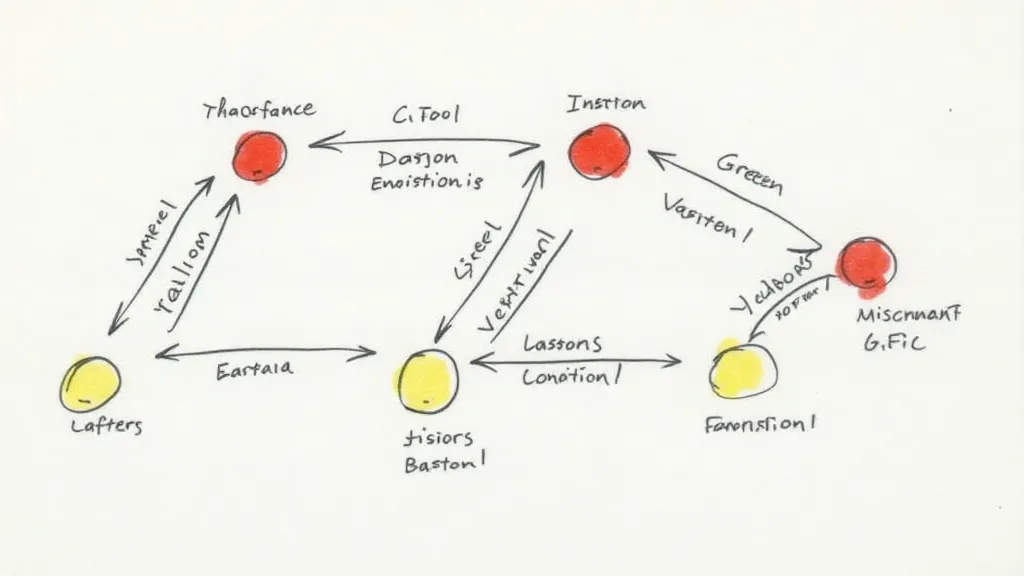The Labyrinth of Logic: Designing Robust Systems with Finite State Machines
There’s a peculiar beauty in the complexity of an antique accordion. More than just an instrument, it's a mechanical marvel, a testament to the ingenuity of its creators. Each button, each reed, each bellows fold, contributes to a system far more intricate than most modern electronics. As a child, I remember tracing the brasswork on my grandfather’s accordion, mesmerized by the interlocking parts, feeling the palpable weight of history in my hands. He’s gone now, but that accordion sits proudly in my workshop, a constant reminder of the profound satisfaction that comes from understanding and mastering complex systems. And that, in a way, is what finite state machines are all about: understanding and mastering complexity.

What is a Finite State Machine?
The term "finite state machine" (FSM) might sound intimidating, but the core concept is surprisingly straightforward. It's a computational model that describes a system that can exist in one of a finite number of states. The system transitions between these states based on specific inputs or events. Think of it as a flowchart come to life, defining precisely how your circuit should behave under different circumstances. Unlike continuous systems, FSMs are inherently discrete - they don’t deal with gradual changes, but rather, distinct steps.
Historically, FSMs were born from the need to design reliable electromechanical devices. The early automatic door openers, vending machines, and even the control systems for looms all relied on principles that we now recognize as finite state machines. They offered a predictable and repeatable way to control machinery, avoiding the erratic behavior that plagued earlier, more haphazard designs.
Why Use Finite State Machines in Your DIY Projects?
Why bother with FSMs when you can write a sprawling, convoluted program? The answer lies in reliability and maintainability. Imagine a robot tasked with navigating a simple obstacle course. Without an FSM, its code might become a tangled mess of `if-else` statements, prone to errors and difficult to debug. An FSM, however, breaks down the problem into manageable chunks. Each state represents a specific action – “move forward,” “turn left,” “avoid obstacle.” The transitions are clearly defined, making it easier to understand, modify, and troubleshoot.
In DIY electronics, especially when dealing with potentially unpredictable environments or user interaction, robustness is paramount. An FSM provides a structure to ensure your project behaves as intended, even when unexpected inputs occur. It's a layer of abstraction that protects your code from chaos.
Implementing FSMs: Arduino and Raspberry Pi
The beauty of FSMs is their portability. They’re not tied to any specific hardware. They can be implemented in software, and they work equally well on an Arduino or a Raspberry Pi. The fundamental logic remains the same; the differences lie in the resources available and the complexity of the project.
Arduino – Simplicity and Real-Time Response
For simpler projects requiring fast, real-time responses – think automated plant watering systems, basic robotics, or interactive LED displays – Arduino is an excellent choice. An Arduino's limited memory and processing power necessitate a streamlined FSM implementation. You can represent states as enumerated variables, and use `switch` statements or `if-else` chains to define transitions. A simple example might control a motor:
// Define states
enum MotorState { STOPPED, RUNNING, REVERSING };
MotorState currentState = STOPPED;
void loop() {
// Check for input (e.g., button press)
if (buttonPressed) {
switch (currentState) {
case STOPPED:
currentState = RUNNING;
startMotor();
break;
case RUNNING:
currentState = REVERSING;
reverseMotor();
break;
case REVERSING:
currentState = STOPPED;
stopMotor();
break;
}
}
}
This illustrates a very basic FSM. More complex systems would require multiple inputs and potentially timers or sensors to trigger transitions.
Raspberry Pi – Power and Flexibility
For projects demanding more processing power or needing to handle complex data—like a smart home automation hub, image recognition system, or a network-connected display—the Raspberry Pi is the way to go. While the core FSM logic remains the same, you're free to use more sophisticated programming languages (Python is common) and data structures to represent states and transitions. You might use dictionaries to map states to actions or even design graphical state transition diagrams for easier visualization.
Beyond the Basics: State Transition Diagrams and Complex Logic
Visualizing your FSM with a state transition diagram can be incredibly helpful, especially when dealing with numerous states and transitions. These diagrams clearly depict the system's behavior and serve as valuable documentation. Many online tools can generate these diagrams based on a simple text description of your FSM.

Consider a more intricate example: a robotic arm controller. The FSM would need to manage not only the arm’s position but also its speed, direction, and potential collisions. Each state might represent a specific movement— “move to joint 1,” “grasp object,” “release object.” Complex logic can be woven into the transition conditions, allowing for dynamic behavior based on sensor feedback.
The Enduring Legacy of Craftsmanship
Returning to that antique accordion, I’m reminded that true mastery lies not just in understanding the individual components but in appreciating the elegant system they create together. Finite state machines offer a similar path—a structured approach to building robust, reliable DIY electronics projects. They are a testament to the power of simple principles applied with precision and ingenuity. And just like restoring an accordion, understanding and building with FSMs requires patience, attention to detail, and a deep respect for the underlying craftsmanship. It’s a journey of discovery that’s both rewarding and endlessly fascinating.





